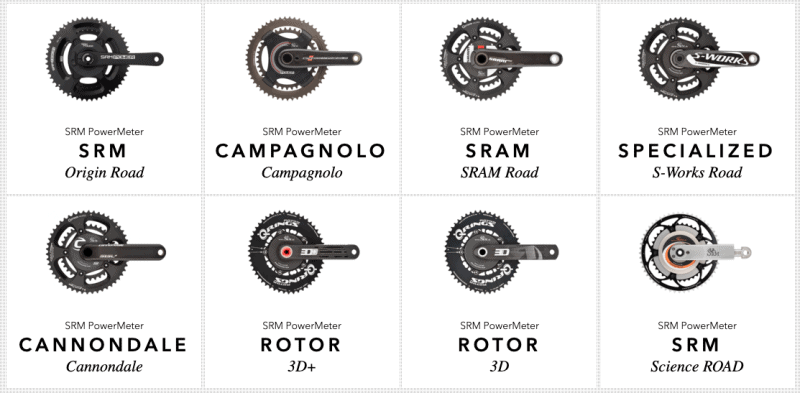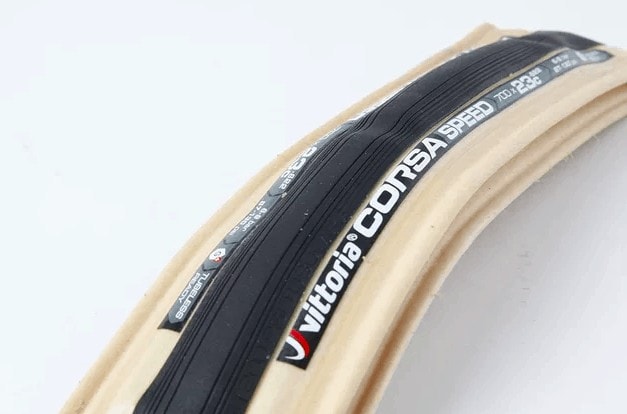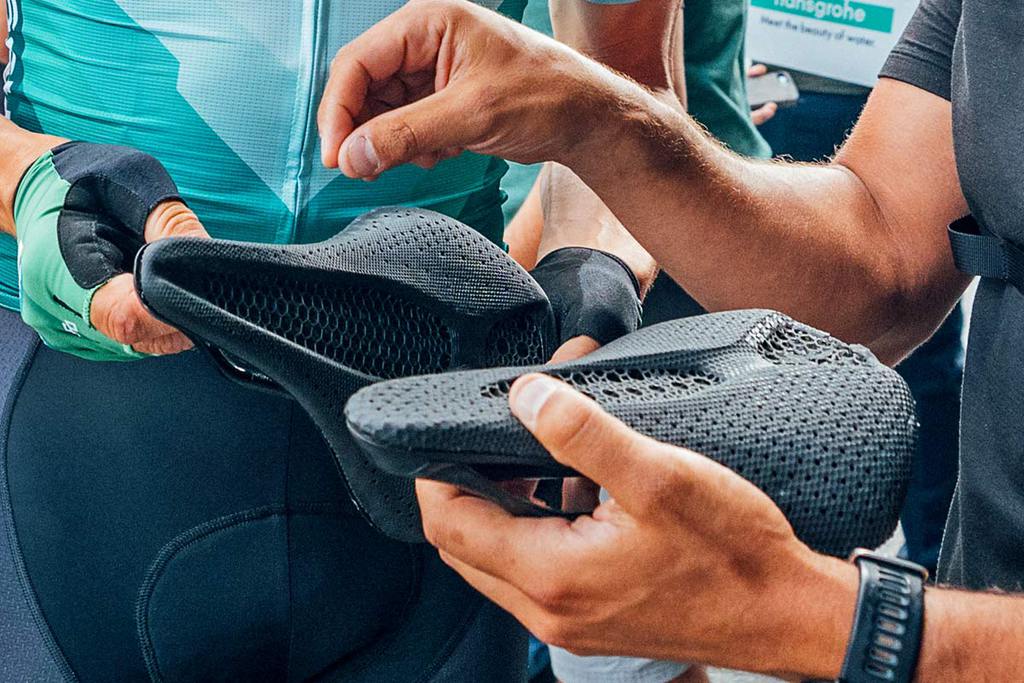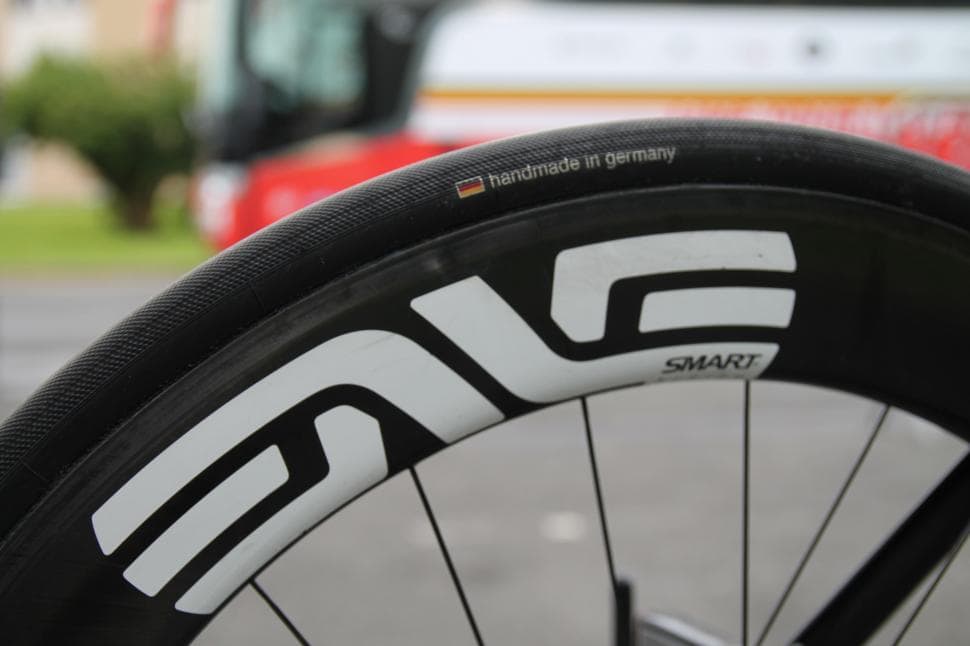Cycling Tips, Tech -
Should You Use A Compact Crankset?
If you’ve been grinding gears for a while now, struggling to make it up some of the moderate to more challenging climbs in your area, you are a candidate for a compact crankset.
Or perhaps you’ve recently returned to road biking after a hiatus. You have a bike already, but the crankset is showing its age and limitations compared to your riding buddies. Will a compact crankset fit on your bike?
What exactly is a compact crankset, and why would you want one?
Would you notice the difference?
Read on to find out.
What is A Compact Crankset?
If you ever watch professional road racing, you may have noticed the chainrings on their bikes are large, dinner plate-sized even! Their outer rings can be in the 52T, 53T, to 54T range or even bigger, combined with a 39T or a 42T inner ring. These combinations are meant just for that, the pros!
Compact cranksets make hill-climbing accessible and more user-friendly for the rest of us. Just like their name affirms, the chainrings are smaller, more compact, with an exterior 50T ring combined with either a 36T or a 34T inner ring.
These numbers breathe more versatility into today’s rear cassettes and make getting up your nemesis climb less painful.
With gravel being a hot-topic in the cycling world, sub-compact cranksets have erupted onto the market. Heavier gravel and all-road bikes require gearing capable of making it up steep hills and rugged terrain with the potential added weight of baggage and gear.
Sub-compact cranksets are inching their way onto the road scene with 48/32T and 46/30T combinations.
Benefits of Using A Compact Crankset
Compact cranksets started appearing on road bikes in the mid-2000s. It’s hard to believe that 20 years have passed since their inception. Their onset revolutionized road cycling and opened the category to a much wider audience, improving rider performance and enjoyment overnight.
As a bonus, compact riders can hang with bikes that have more aggressive gearing on the flats while literally spinning their way up to some fairly serious climbs. They paved the way for older cyclists to rejoin the local group ride and many competitive athletes to boost their numbers and confidence compared to standard cranks.
Compact cranksets have more than enough gears for most of us and provide a wider gear ratio at that.
A 53 x 11 is mathematically larger than a 50 x 11, but the difference is minimal, about 3km/hr.
Would you give up this difference on the high end to make it over a big climb with more ease?
The answer is probably yes.
Let’s look at some more advantages to riding with a compact crankset.
You'll Have More Low Gears for Climbs
My cycling roots are from the track, so I used to detest climbing hills. I had a really strong dislike for them because they were so hard. Years later, there are lots of them where I live so they are part of the program. We cover 1,100m of climbing in 40km with our regular quick route, but the sky’s the limit.
Hard to believe I used to push a 53/39T with a 12-23T cassette. When my racing days were done, moving to a compact changed my life.
I now ride a 50/34T with an 11-28 cassette (11-speed) which gives me ample lower gears for climbing. It’s perfect for the topography here, but the gears you need are specific to where you ride, the constant is the compact crankset.
If you want to play with the numbers and see a visual representation of gearing differences with a compact vs a standard crankset, click here.
You'll Use the Low Gears More Often Than Not
The versatility of compact cranksets make them a standard on recreational road bikes since they provide the best of standard road racing doubles and touring triples.
Amateur cyclists typically ride less than 50 km/hr, but they can maintain a higher and more efficient cadence while losing a minimal amount of speed, about 3km/hr, with a compact.
Think of standard cranks like a sports car. You can go super fast with them, a welcomed feature, but not imperative, and certainly not one you use very often.
Most of us need help on the lower end for moderate to steep climbs, and a compact crankset will do that. Combine it with one of several cassette options to best suit where you ride.
Tighter Gear Spacing
Besides a wider range of gears, compact cranks allow for tighter rear cassette spacing, which means less violent cadence jumps and more subtle changes in power when shifting.
When cyclists start to lose gas, they typically only need a small change to maintain speed. Tighter gear spacing, meaning jumps of only one or two teeth between gears on the rear cassette save the day.
Compact gear ratios offer fewer redundant gears and less overlap. This means you have more useful gears to choose from and you’ll spend more time with your chain in a straighter line with your cassette.
Hard to believe this could make a difference in power output. Research shows the reduced friction improves power transfer and can gain you some precious watts.
Minimize Front Shifts
A 50/34T compact lets me handle more mountainous terrain without the need to shift to the big ring.
My 11-speed cassette cogs are 11, 12, 13, 14, 15, 17, 19, 21, 23, 25, 28. Yes, I can top out on descents with my 50-11t, but it’s the small steps that mean I spend most of the ride in the small ring.
And on those days when I’m feeling spry, I can get away with the 50-25/28T to hoof it over smaller climbs and rollers. Minimizing front shifts reduces wear on my chainrings, chain, and front derailleur and creates fewer opportunities for my chain to drop too.
Read More : 7 Tips to Shift Gears on Your Bike Efficiently
Save Some Weight
If you’re running a standard crank or a triple, switching to a compact will save weight simply because it requires less material to fabricate them. Fewer teeth mean smaller diameters that require shorter chains, so you save in link weight as well. The total savings is somewhere between 50g to 100g.
The days of a heavy triple are behind us, and even the compact may have met its match with the onset of even smaller and lighter sub-compact and 1x narrow-wide setups.
Less is more with today’s wide-range cassettes that keep you competitive on the flats yet get you over the hills.
Can I Use Compact Chainrings on My Current Set Up?
If you aren’t riding compact chainrings already, the BCD (Bolt Circle Diameter) of your current assembly, and number of bolts needed to attach the rings to your cranks will determine if compact chainrings are possible. Older chainrings used a five-bolt system, while today’s standards take four.
The BCD is measured between the center of the chainring bolts. It’s typically printed on your chainrings, but if it’s not, you need to measure with a precision micrometer or ask your local shop for help.
Measurements are typically 110 for compact and 130 for standard, unless you’ve got Campy which is 113 and 135, respectively.
As the industry sees the logic in flexibility, except for Campagnolo, today’s tech and materials make it possible to switch chainrings without the need to change your entire crank due only to the difference in BCD. This started with 11-speed, so don’t expect to find it elsewhere.
Now you can go from a 53/39T to a 50/34T or a 52/36T without a problem.
Do Pros Use Compact Cranksets?
Compact cranks aren’t just reserved for recreational cyclists, the pros use them too on ultra-demanding and long-distance hilly stages in major pro events like the Tour de France, Giro d’Italia or Vuelta.
Retired climbing sensation, Alberto Contador rode with a 34t inner front chainring and 12-32t cassette. Now you know how he made his victories look so easy.
Of course, it takes more than low gears to win in the pros. Their job is to ride, ride a lot, making them much fitter than everyday cyclists. You’ve seen their legs on TV, rather impressive, but their superior strength and fitness can push much bigger gears at the same cadence.
Enjoy it on the tube, but best not to try it at home.
Are New Bikes Equipped with A Compact Crankset?
Yes, and no.
It depends on the value of the bike and its use. Let’s use the gravel example again. The terrain and loads these bikes are designed to handle require lower-end gear ratios best served by a semi-compact crankset (48/32T or 46/30T).
Now 1x cranks with wide-ratio rear cassettes are found on new high-end gravel, road and mountain bikes.
Compacts remain very popular and still come stock on a lot of new bikes, but just like the triple used to be standard on lower-end road bikes, compacts have taken their place.
Cycling technology always trickles down, and one day, it’ll be the semi-compact’s turn.
Author Recommended Reads




